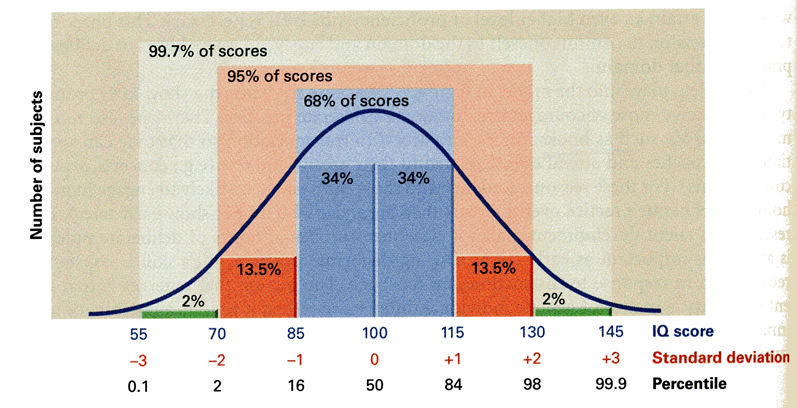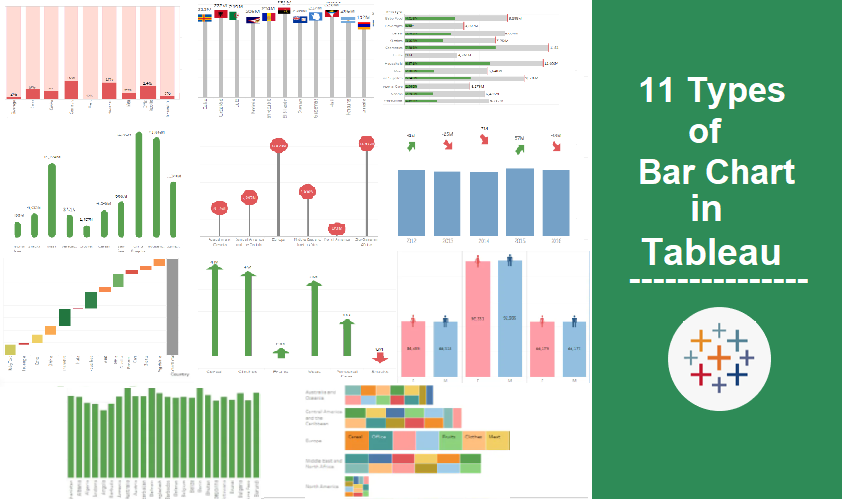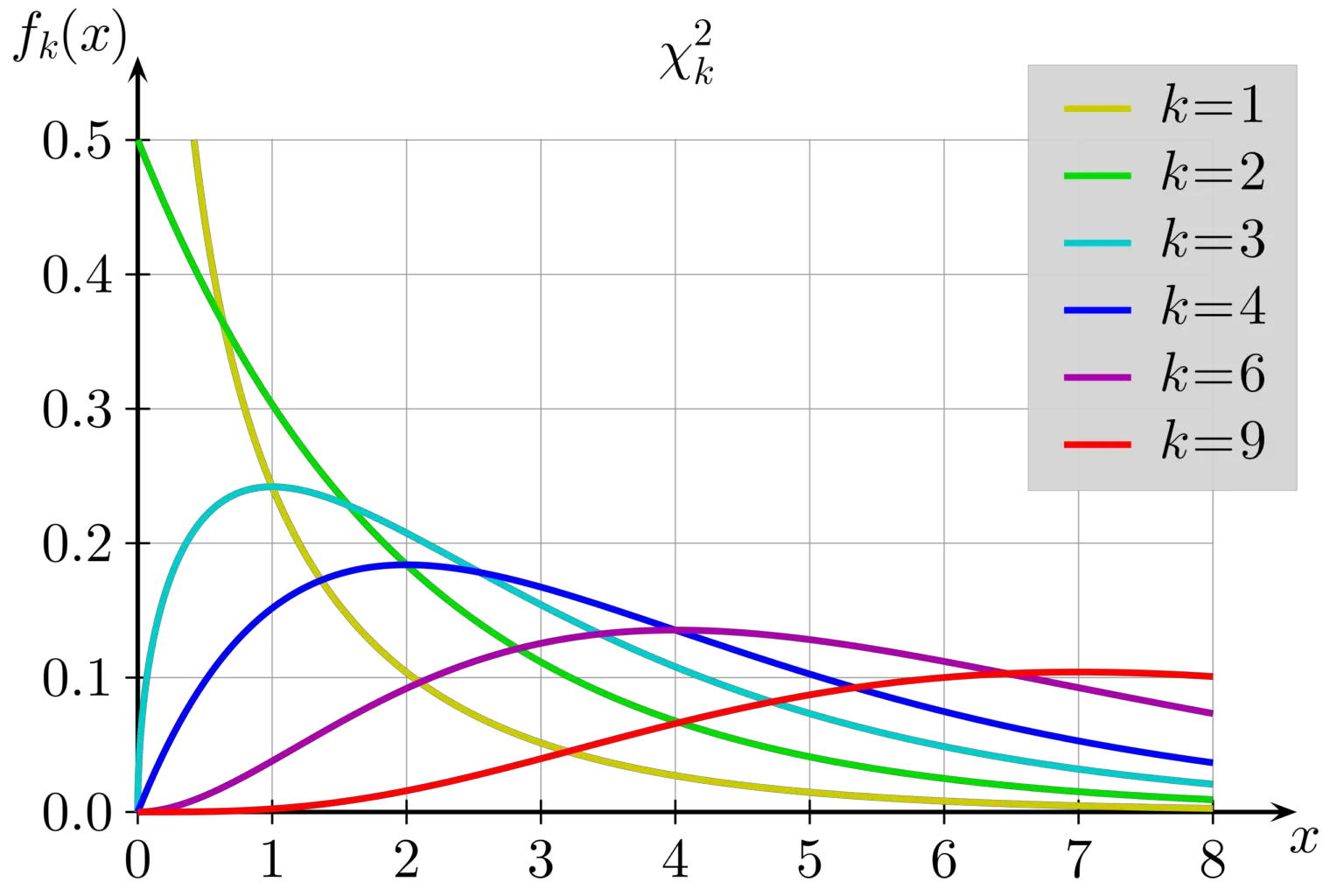Depression making a difference tomorrow
Table of Contents
Table of Contents
Depression is a common and serious mental health condition affecting millions of people worldwide. While there are many ways to treat depression, charts and graphs have become an invaluable tool for helping people understand their symptoms and track their progress. In this article, we will explore the world of depression charts and graphs and how they can help individuals manage their depression symptoms.
For many people struggling with depression symptoms, it can be challenging to articulate how they are feeling or to track their symptoms over time. Suppose they cannot articulate how they feel accurately, such as a lack of energy, motivation, or a sense of worthlessness. In that case, it may lead to confusion or inaccurate diagnoses. The inability to track symptoms may also make it difficult for healthcare providers to determine whether the current treatment plan is working effectively. A lack of understanding and communication can create a significant barrier to effective care.
Depression charts and graphs provide an excellent solution to this problem. They offer a visual representation of symptoms, which can help individuals better understand how they are feeling and track their symptoms over time. Many types of depression charts and graphs are available online and in healthcare settings, allowing both patients and healthcare providers to access meaningful data.
In summary, depression charts and graphs are a valuable tool for those struggling with depression symptoms. They provide an effective means of tracking symptoms over time and can help increase communication between individuals and healthcare providers. Additionally, depression charts and graphs are widely available and can be accessed online or in healthcare settings, making them an accessible tool for anyone struggling with depression.
Understanding the Purpose of Depression Charts and Graphs
Depression charts and graphs serve many purposes, from giving individuals a better understanding of their symptoms to helping healthcare providers make more informed treatment decisions. These charts illustrate complex concepts and data, and individuals can use them to see their improvement or deterioration over time. Moreover, charts and graphs help healthcare providers visualize complex patterns of medical history and determine the best course of action.
Personal experience plays a significant role in the understanding of depression charts and graphs. When undergoing therapy, they may help patients, and their healthcare providers narrow down the specific triggers and symptoms of depression. Tracking emotional and physical symptoms with a detailed and comprehensive chart provides insight, allowing for the identification of patterns and a clearer view of how the patient is responding to treatment. Ultimately, depression charts and graphs help support patients’ understanding and ability to manage their depression symptoms with more clarity.
Common Depression Charts and Graphs
Some of the most common forms of depression charts and graphs include symptom trackers, mood charts, medication lists, sleep logs, and more. They track mood, energy level, physical symptoms, and other parameters that may have a bearing on the mental and emotional state of the person. By understanding patterns and correlating depression factors, individuals and healthcare professionals can track the effectiveness of treatment and tweak it accordingly. These charts help guide people through their recovery journey, and patients can take active roles in their treatment to overcome their depression.
Benefits of Depression Charts and Graphs
Charts and graphs are useful tools for those with depression symptoms in numerous ways. They can help patients understand their symptoms and aid in their routine mental health check-ins. These charts also allow healthcare providers to see how medication and other treatments affect patients and ultimately result in better care. By identifying patterns and triggers, healthcare providers can make more informed treatment decisions and reduce the risk of trial and error when it comes to treatment.
Types of Depression Charts and Graphs
Depression chart and graph types include mood charts, sleep logs, symptom trackers, and medication lists. Mood charts help patients monitor their moods and emotional states throughout their day, sleep logs are helpful for tracking sleep patterns, symptom trackers can record the onset, duration, and intensity of specific depression symptoms, and medication lists to help patients track their medications and doses accurately.
Using Depression Charts and Graphs to Seek Help
Depression can significantly impact daily life, but recovery is possible. Using depression charts and graphs can help individuals manage their depression symptoms. However, it’s crucial to seek help from a healthcare professional to find the right and safe treatment option. Depression is treatable, and with the right support and care, individuals can overcome their symptoms.
Question and Answer
What are some of the common tools used in depression charts and graphs?
Some common tools used in depression charts and graphs include symptom trackers, mood charts, and medication lists, such as sleep logs and food intake charts.
Can depression charts and graphs help people manage their symptoms more effectively?
Yes, depression charts and graphs can be extremely helpful for individuals in managing their symptoms. Charts can be helpful in identifying patterns and triggers and enhancing communication between healthcare providers and patients. This helps to achieve the most effective treatment approach.
Are depression charts and graphs only used in a healthcare setting?
No, depression charts and graphs are for personal use, with online platforms available to track symptoms in your comfort. Healthcare providers can also incorporate the data into your medical history for a more detailed prognosis.
Can depression charts and graphs replace traditional talk therapy?
No, depression charts and graphs are a complementary treatment tool. It should be used alongside other wellness plans for managing depression, including exercise, therapy, and medications.
Conclusion of Depression Charts and Graphs
Depression charts and graphs are valuable tools for those experiencing depression symptoms. They provide individuals with the means to track their symptoms, identify patterns, and communicate more effectively with healthcare providers. With proper support and care, individuals can use these tools to supplement traditional mental health treatments and take an active role in their recovery process.
Gallery
Depression Graph - AJ Recruitment
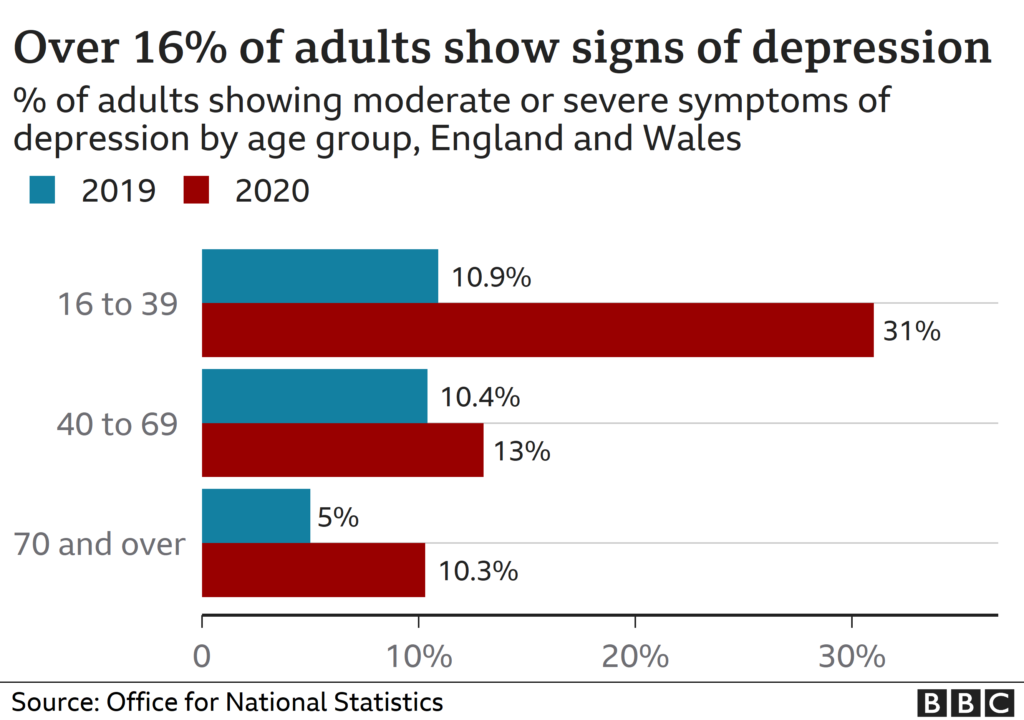
Photo Credit by: bing.com / coronavirus statistics charts
13 Graphs Perfectly Demonstrate What Depression Feels Like - Learning Mind
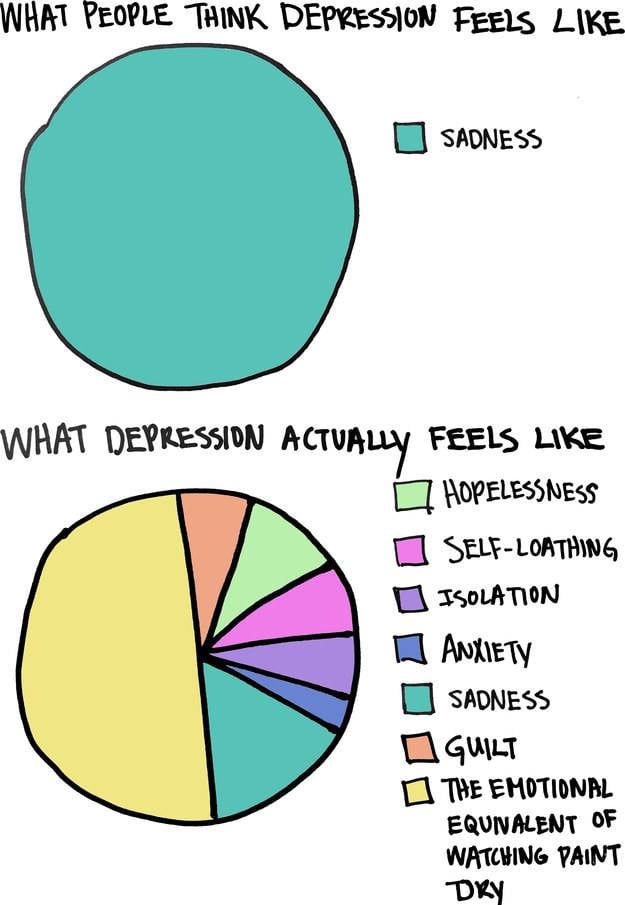
Photo Credit by: bing.com / feels graphs illness misconceptions depressed demonstrate 9gag low
Depression: Making A Difference Tomorrow

Photo Credit by: bing.com / depression age graph chart bar people ages tomorrow difference making brainfacts archives
Who Is At Risk For Depression? - Business Insider

Photo Credit by: bing.com / depression risk who most groups chart rate depressed cdc business highest businessinsider
6 Ways You Can Help An Older Adult With Depression | Junomedical

Photo Credit by: bing.com / depression elderly facts around infographic older health help statistics ways adult diagnosed through tree person year numbers medical infographics six

